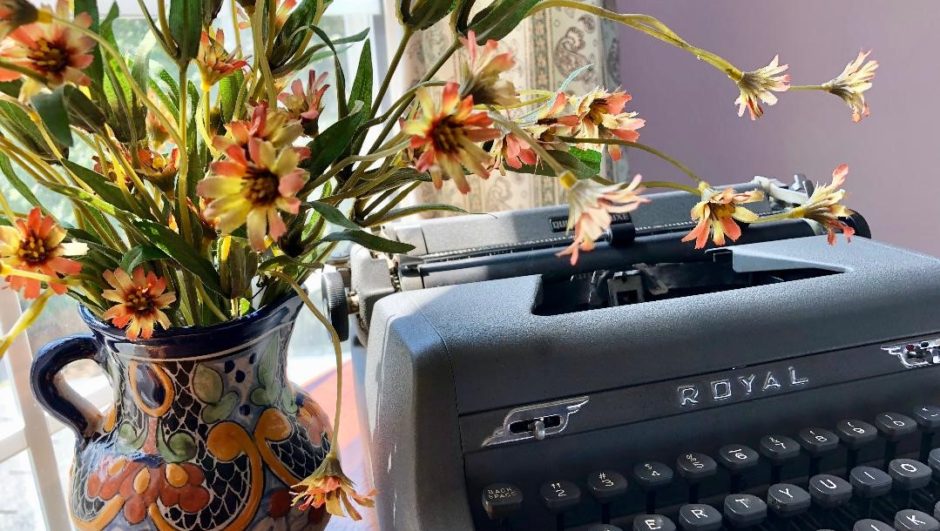
Jacqueline Cochran, like her other 1,078 WASP sisters, was among the first female pilots who flew for the Army in WWII.
These women, collectively known as the Women Airforce Service Pilots, or the WASPs, flew together for more than two years and logged in over sixty million miles.
When male pilots responded to the call for an enlistment after Pearl Harbor (Dec. 7, 1941), the military still needed additional reinforcementss with which to challenge the skies during wartime. Over 25,000 American civilian women applied to fill the gap.
From that number, 1,079 graduated from the newly minted program. Demure as a butterfly, but tenacious like a wasp, these women helped to change history.
War airfare was not entirely new. It had emerged on the heels of WWI, also called The Great War because the Allies had hoped there would never be another major world war like it.
Time proved otherwise
In late 1941, when America formally entered World War II, the U.S. Air Force did not yet exist and all army aviators were a part of the U.S. Army Air Corps. A critical need existed for thousands of pilots to conduct combat missions, transportation missions, and testing missions on new aircraft.
Jacqueline Cochran knew that female pilots would not be considered for combat, but she believed that women flyers could easily fill in for other missions. She was determined to be one of them.
Born into crushing poverty in rural Florida, her first job started at age six in a cotton mill. She earned 72 cents a day for her twelve-hour shift, enabling her to buy her first pair of shoes at age nine.
As a testimony to her perseverance she took charge of her life at an early age, first by becoming a beautician and then earning a pilot’s license so she could be available to wealthy clients.
By 1932 she was already a commercial pilot. By 1939 she realized there were enough certified female pilots in America that they could be trained to help the military and free up male pilots for combat.
Traveling to England in 1939, she worked briefly with some of the British female pilots who helped to move planes on location for the Royal Air Force (RAF).
Once back stateside, she wrote to First Lady, Eleanor Roosevelt, with the idea of starting a women’s flying division within the U.S. Army. Mrs. Roosevelt put her in touch with General Henry Arnold, the head of the Army Air Corps. It took an inordinate amount of convincing, but he finally agreed that Jacqueline could take 25 female pilots with her back to England to train along with the British Air Force women pilots.
By 1942 Nancy Harkness Love, with General Arnold’s permission, started a women’s auxiliary squadron that would ferry airplanes from factories to air bases. When Jacqueline returned from England with her trained pilots, a competition of sorts broke out between Love and Cochran.
In 1943 both groups found themselves living together amidst the scrubby vegetation and semi-arid region of Avenger Field in Sweetwater, Texas. After much discussion they agreed to join forces and their two units merged into the Women Airforce Service Pilots.
While not specifically trained for combat, the women’s WASP schooling concentrated on endurance flights because they would be testing and ferrying planes and towing targets for bomber practice. The planes they flew were B-29s and AR-6s.
Uniforms did not exist for the women, so they donned mechanics’ overalls as their flight suits.
Then, in December of 1944, the Army decided that the female flyers were no longer needed, the reason being that the Allies were winning the war.
So the WASPS were disbanded after a two-year stint of service, having lost only 38 of their members who died in action. Only considered as auxiliaries, none of the WASPs were conferred with any veteran status or benefits until 1977, a full 35 years after they had become a cohesive flying unit.
In 2009, then President Barack Obama signed legislation to honor the WASPS with the Congressional Gold Medal. The official award ceremony occurred a year later with 250 former WASPs in attendance.
Although Jackie Cochran did not live to see the ceremony, she had accomplished her mission.
Today, a National WASP museum in Sweetwater, Texas, stands as testimony to the lives and exploits of the brave women who flew as WASPs. It stands near the airfield where Jacqueline and Nancy first flew with their female cohorts.
Thank you to Katie Stirner, whose excellent article, “The WASP”, Elks Magazine, June 1917, inspired me to research Jacqueline Cochran and the WASPs.
If you enjoyed this month’s story of strong women, then please share this blog with a friend and encourage them to become a regular blog follower. An easy sign-up occurs on the right hand side bar.
You can also catch me on Twitter @LHSittig or my webpage, lindasittig.com, or on Amazon where my novels about two extraordinary strong women are available. Cut From Strong Cloth is set during the Civil War and showcases the story of Ellen Canavan who valiantly struggled to break the ceiling of the competitive Philadelphia textile empire. Last Curtain Call pays tribute to Annie Charbonneau who set out to fight the all powerful coal company during the 1894 Western Maryland Coal Wars.
As you can tell, I believe that every woman deserves to have her story told.
linda

Another interesting and instructive blog. Your inspiring stories always brighten my day.
Thank you:) I try hard to find inspirational women whose lives spur all of us to be proactive.